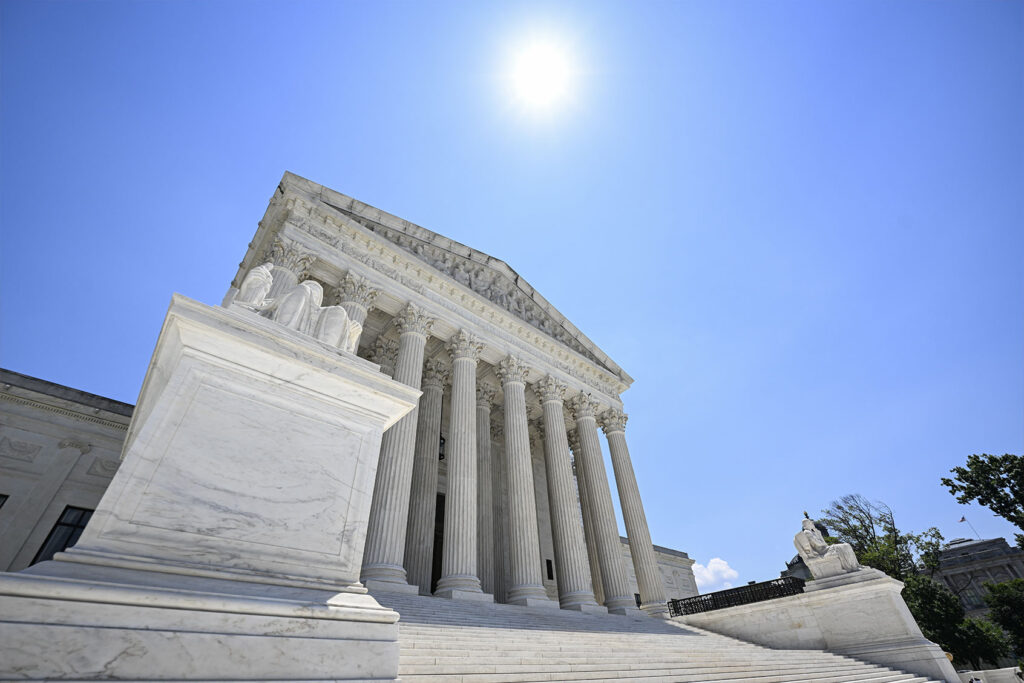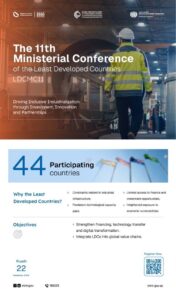
The U.S. Supreme Court is set to hear a significant case on November 10, 2025, focusing on religious freedom and its implications in the corrections system. The case, Landor v. Louisiana Department of Corrections, addresses whether an inmate from the Rastafarian faith can seek monetary damages after his religious rights were allegedly violated by a prison warden.
This case emerges amid a backdrop of ongoing legal debates concerning religious practices in public institutions and the rights of minority faiths within the American judicial system. The case is unique as it highlights the broader implications of religious freedom laws and their application to a diverse array of faith traditions.
Damon Landor, the petitioner, has been a practicing Rastafarian for nearly 20 years, a faith that includes a commitment to maintaining long dreadlocks as part of the “Nazarite vow,” a biblical practice that prohibits cutting hair. Landor was incarcerated in 2020 for drug-related offenses, but initially, his religious rights were respected, in line with a federal appeals court decision affirming that Rastafarians are entitled to keep their dreadlocks under the Religious Land Use and Institutionalized Persons Act (RLUIPA).
However, the situation changed dramatically when Landor was transferred to a different correctional facility near the end of his sentence. In a move that has raised legal and ethical concerns, the warden ordered guards to forcibly shave Landor’s head, disregarding a previous judicial ruling. Following his release, Landor filed a lawsuit seeking damages under RLUIPA, which prohibits governmental entities from imposing substantial burdens on the religious exercise of incarcerated individuals.
### Court Rulings and Implications
In 2022, a federal trial court condemned Landor’s treatment but ultimately ruled that monetary damages were not a suitable remedy. This decision was upheld by the 5th U.S. Circuit Court of Appeals in 2023. In response, Landor’s legal team sought an en banc hearing, a process where all judges in a circuit review the case, but this was denied. Despite this, a significant majority of the judges indicated that the matter warranted the attention of the Supreme Court.
The Supreme Court’s decision to hear Landor’s appeal comes after more than 20 organizations submitted amicus curiae briefs in support of his case, including both the Trump administration and groups like Americans United for Separation of Church and State and the Becket Fund for Religious Liberty. This unusual coalition underscores the case’s significance, as it touches on fundamental questions regarding the expression of faith through personal practices such as grooming.
### Key Legal Considerations
The central legal question in Landor’s case is whether he can sue the warden for monetary damages as an individual, rather than solely in their official capacity. Precedents exist that could influence the outcome, notably the Supreme Court’s unanimous ruling in Tanzin v. Tanvir (2020). This case allowed plaintiffs to sue government officials personally for violating their rights under the Religious Freedom Restoration Act (RFRA).
While RLUIPA and RFRA share similar language, they are governed by different legal interpretations, particularly regarding the availability of monetary damages against government officials. The precedent set by RFRA may have implications for how courts interpret RLUIPA in Landor’s case.
### Broader Implications for Religious Freedom
At its core, Landor’s case highlights a procedural disagreement that could have far-reaching consequences for over 2 million individuals currently incarcerated in the United States. The outcome may establish critical precedents for how religious freedoms are upheld in correctional facilities and whether minority religions receive the same protections as more prevalent faiths.
The Supreme Court’s ruling will not only address the specific circumstances surrounding Landor’s treatment but also reflect on the evolving landscape of religious liberty in America. This case serves as a pivotal moment for understanding how the judicial system navigates the complexities of faith in an increasingly diverse society.
As the nation awaits the Supreme Court’s decision, the implications of this case will resonate far beyond the courtroom, shaping the future of religious freedom and minority rights in the United States.






